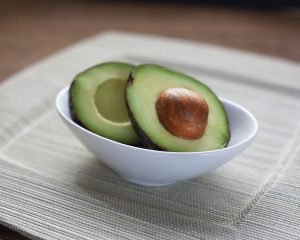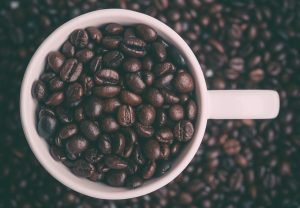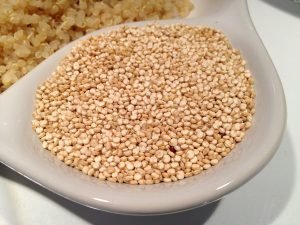Garlic not only makes food delicious, it may also have a number of health benefits. Some of these benefits are more likely if you eat your garlic raw, since cooking it may reduce the amounts of certain chemicals garlic contains.
The health benefits of garlic are explained below.
- 1. Boosts Digestion: Daily inclusion of garlic in your diet aids in eliminating any digestive problems.
- Controls Diabetes: Diabetes can harm the kidneys, inhibit nervous system functions, cause heart disorders, and even lead to poor eyesight. The oil extracted from garlic may protect diabetic patients from these side effects.
- Lowers Cholesterol Levels: Garlic is rich in the allicin compound, effectively prevents LDL cholesterol from oxidizing. Those who have a high level of cholesterol can take garlic daily.
- Reduces Hypertension: Garlic is an herbal ingredient for curing high blood pressure.
- Eye Care: Garlic is rich in nutrients like selenium, quercetin, and vitamin C, all of which help treat eye infections and swelling.
- Relieves Ear Aches: Garlic is commonly used for curing earaches, as it has several antiviral, antifungal, and antibiotic properties.
- Treats Cold: Raw garlic is used to treat colds and coughs. At the very onset of a cold, you should eat at least two crushed cloves of it, which will thereby help in lessening the severity of your cold.
- Treats Wounds: Garlic can be placed on infected wounds as an herbal treatment. Its juice should be mixed with three drops of water, rather than using it in raw form, as the undiluted juice can irritate the skin.
- Prevents Cancer: A regular intake of garlic reduces the risk of colon, stomach, and esophageal cancer. It aids in reducing the production of carcinogenic compounds, and also reduces the occurrence of tumors associated with breast cancer.
- Controls Asthma: Boiled garlic cloves are wonderful as an alternative asthma treatment.





















































